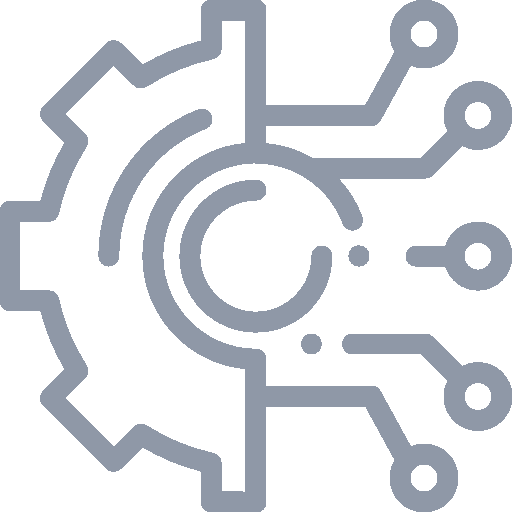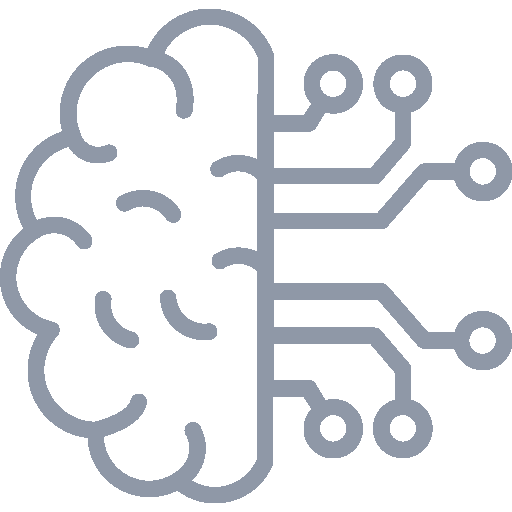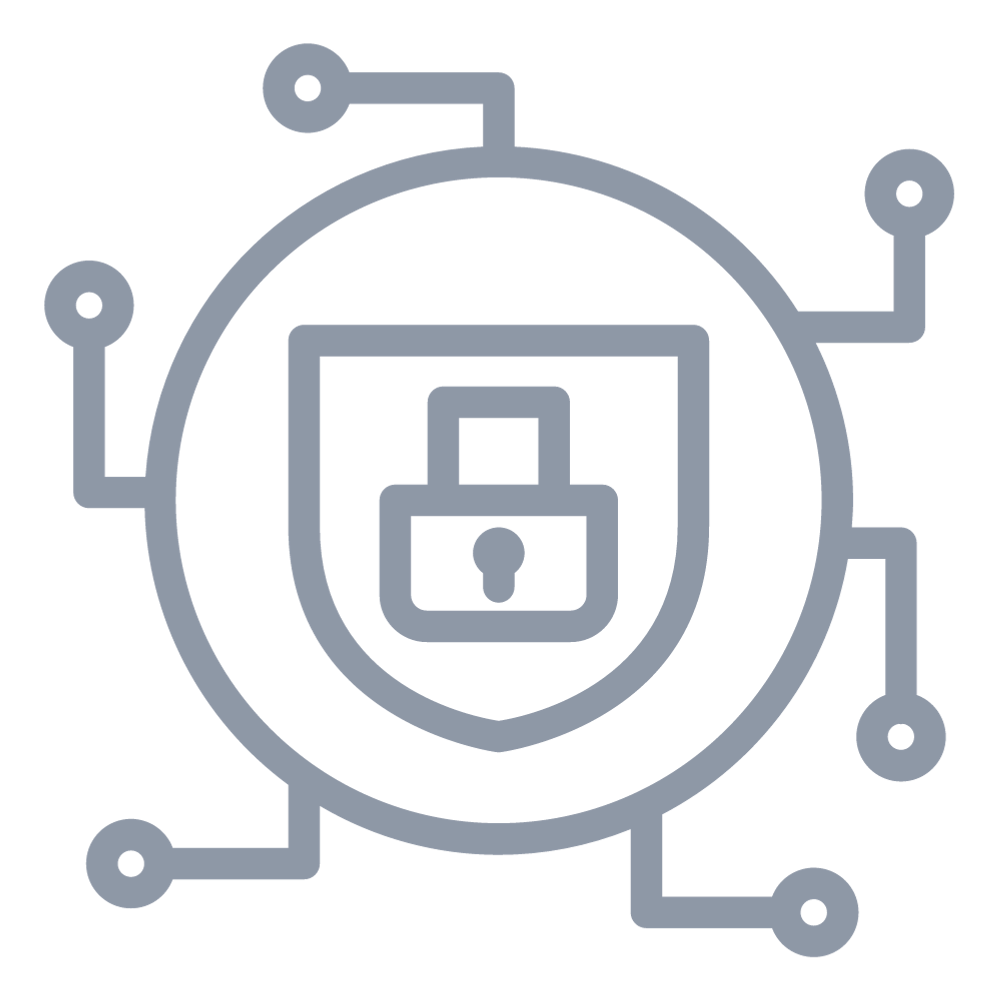Thankfully, our cities have become safer than what they were, back in the 1960s, when similar public service announcements (“It’s 10PM, do you know where you children are?”) used to be broadcast on television & radio, to remind parents to check if their children are home safe. Unfortunately, we live in a world today where we need similar reminders to safeguard our data.
In today’s digitalized world, every enterprise across the world, has their technology assets distributed across clouds, data centers, in & around buildings and in the hands of their staff. These assets hold sensitive/confidential data including Personally Identifiable Information (PII), access tokens & private keys to the enterprise’s applications, databases and the network.
Deploying an UEM solution is not enough
Majority of these enterprises deploy a UEM (Unified Endpoint Management) solution to manage their PCs, laptops, tablets, mobiles and in some cases ruggedized devices too. Well, that’s good news! But, most organizations have 4 to 6 times more devices that are NOT managed by UEM.
The unmanaged devices are the Edge, IoT and other digital assets, that are spread in every corner of the buildings, both inside and outside. These devices are mounted on the ceilings & walls counting people, sensing air quality, turning on/off lights, heating or cooling an area and so on. They are used for physical security like surveillance cameras, entry/exit access controllers, emergency/code-blue devices. There are also a whole bunch of devices in the conference rooms that provide the perfect meeting experience with the ability to listen & see what is happening in the room as well as connect to collaboration platforms in the cloud. Going beyond the office buildings, there are a whole lot more of similar unmanaged assets in factories, warehouses, vehicles and other locations.
Common myths for not managing these Edge assets
- They are deployed by a single vendor as part of an overall solution. Most of the time, the solution is focussed on the use case it solves, rather than the above management priorities.
- IoT/Edge devices are on a separate network and hence they are safe.
- IT is not responsible for these assets as they are deployed as part of some other operations teams’ project.
- These devices do not have access to any sensitive data.
- These silos and the lack of visibility into Edge, IoT and other digital assets increase complexity of operations making consistency & reliability a pipe dream. Issues include –
- Often small teams are burdened with managing complex edge IoT technologies and dealing with complicated configurations requiring extensive monitoring.
- Lack of unified alerts for device failures or performance changes, across operations and departments.
- Absence of a unified system for identity and access management.
- Lack of automation including remote management and diagnosis.
- Rise in Cybersecurity vulnerabilities due to unpatched devices and lack of awareness about networked devices.
Why do these Edge devices need management?
- Provide visibility & track their uptime
- Maintain up-to-date asset details – IP address, serial number, firmware version, etc.
- Ensure Strong Access Controls and Authentication
- Configuration management and remediation when there is a drift
- Regular Software Updates and Patch Management
- Utilization & KPIs like Uptime, MTTR, MTBF, etc
- Weak Password detection & periodic password rotation
- Certificate (802.1x) issuance, configuration and renewals
As IT assets and tools grow increasingly complex, organizations are seeking an integrated approach. A holistic view of the entire infrastructure is crucial for maintaining organizational uptime and facilitating automation across all departments.
SmartHub.ai – One solution for all of your enterprise Edge Management
AI/ML-based software solutions like the one from SmartHub.ai can address all the above challenges by providing a unified view of the entire Edge IoT infrastructure. Top features include –
- Proactive monitoring of health and performance with unified dashboards
- Alerts for malfunctions, and remote troubleshooting
- Automated self-healing mechanisms, and over-the-air updates/patches
- Automated diagnostic sweeps
- Certificate management, and password rotation.
- Predictive analytics and preventative maintenance insights
- Ongoing learning and feedback loop for continuous improvement in operational efficiencies.
Absence of an integrated method for handling edge data hampers comprehensive operational oversight. By consolidating edge data to deliver operational insights, and using machine learning to predict performance issues, identifying patterns, detecting anomalies, and managing configuration drifts, while maintaining an asset ledger for visibility across IoT and digital assets helps manage cybersecurity threats, enhances security and operational efficiency.
Ready to gain complete visibility & control over your organization’s data? Connect with us at getintouch@smarthub.ai










